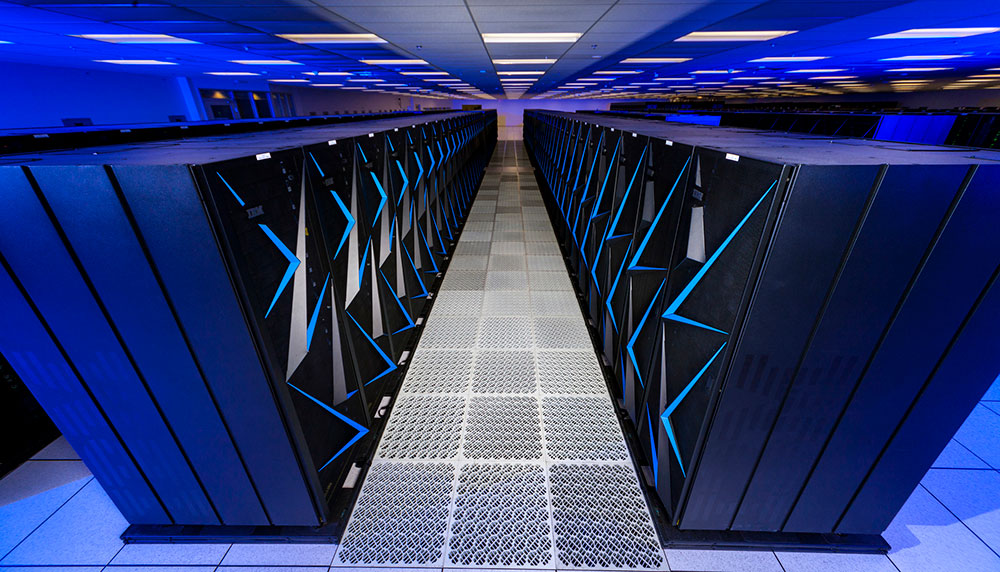
GPU-accelerated simulations
Graphics processing unit-accelerated computational simulation is becoming mainstream for Sandia SIERRA engineering mechanics. SIERRA Structural Dynamics is fully GPU-capable for normal environmental mechanical analysis and has achieved order of magnitude performance improvements. More than half of production structural dynamics calculations now use GPU-based machines. SIERRA Thermal Fluids can now use GPUs for normal and abnormal environment thermal solves. SIERRA Solid Mechanics has GPU-enabled abnormal mechanical capabilities for a subset of elements and materials. The breadth of GPU-enabled physics will expand in the coming years. (1000)
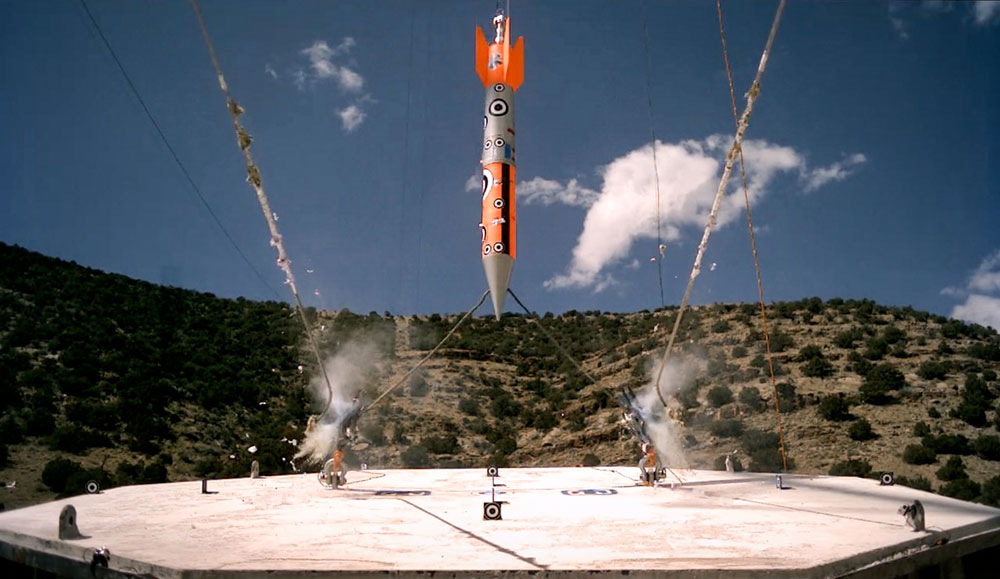
B61-11 cable pull-down test
During a cable pull-down test in September, a modified B61-11 joint test assembly unit about 500 feet in the air was accelerated into a 200,000-pound concrete target using a sled fitted with 14 rocket motors. The test at Sandia’s Aerial Cable Facility preconditioned the unit for Los Alamos National Laboratory’s follow-on testing. Impact conditions met test requirements, and the team captured all acquired instrumentation and photometrics. The Labs partnered with Los Alamos, NNSA, Pantex and Kirtland Fire Emergency Services for planning, design and execution. (1000, 2000, 3000, 4000, 7000, 10000)
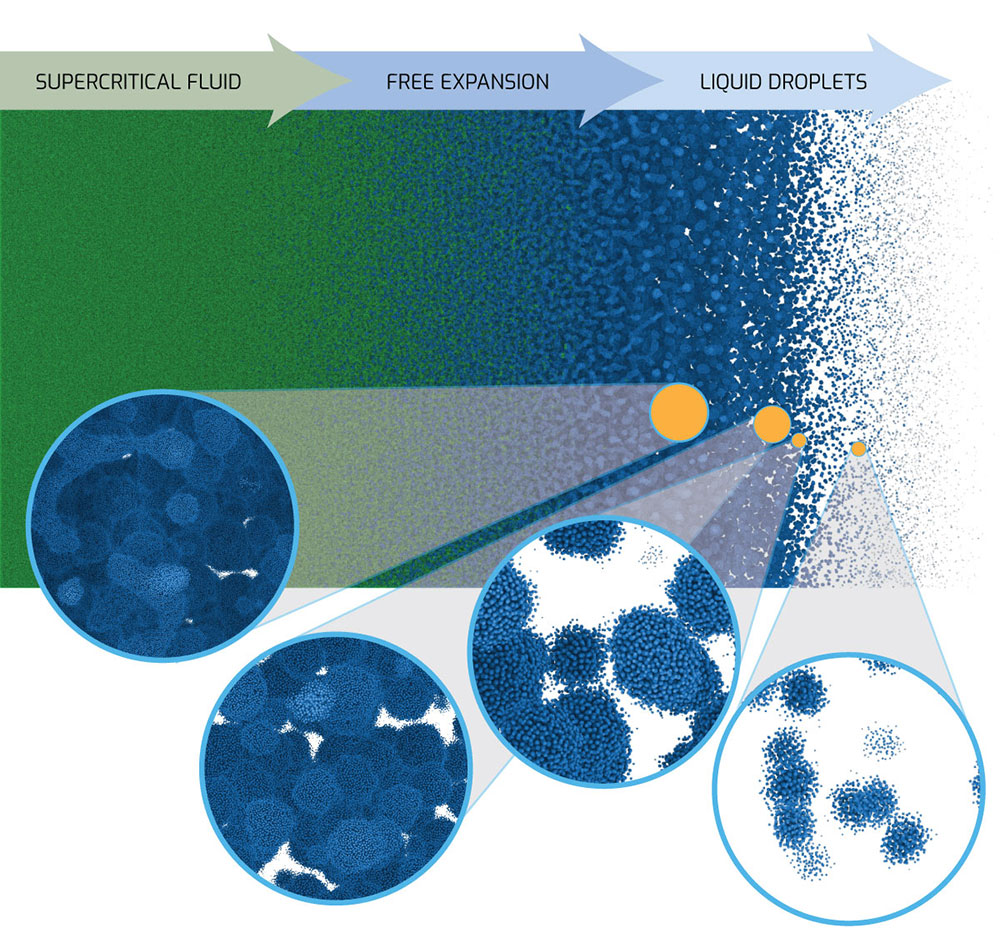
Improved simulations of molten metal
A team updated the Large-scale Atomic/Molecular Massively Parallel Simulator’s molecular dynamics code to capture the physics of expanding molten metal. LAMMPS uses the Spectral Neighbor Analysis Potential machine-learning method to measure against density functional theory. The result greatly improves model accuracy while preserving the excellent scaling of LAMMPS and enables simulations of billions of atoms on DOE supercomputing platforms. (1000)
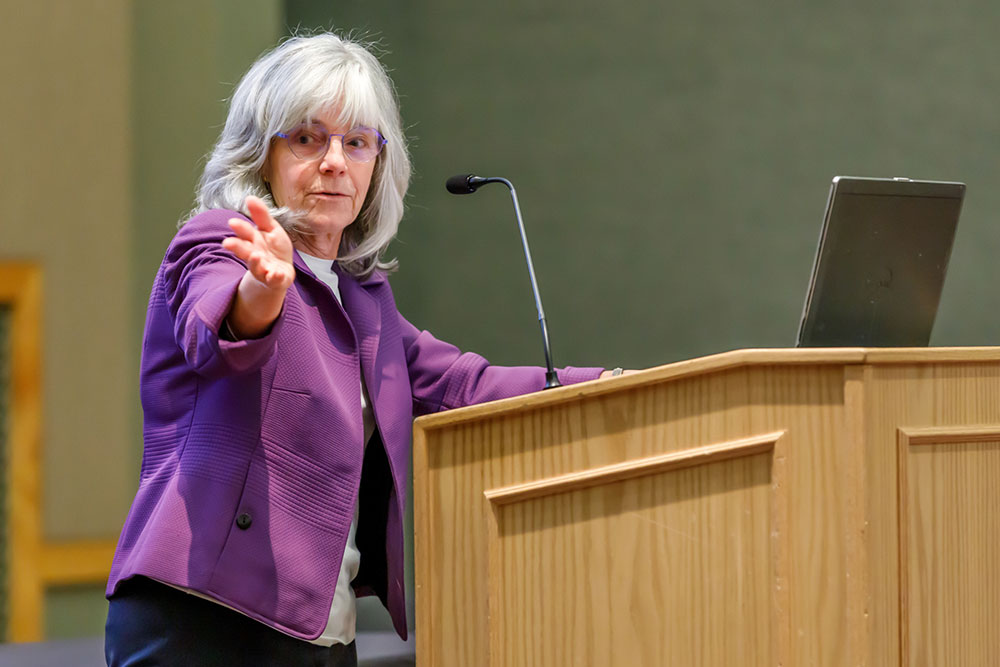
Quantum New Mexico Coalition
To lead New Mexico into future quantum computing realms, Sandia, the University of New Mexico and Los Alamos National Laboratory launched the Quantum New Mexico Coalition in April. Future quantum computers could run some tasks faster than ever. While the technology is still experimental, funding for its development has steadily increased worldwide as governments and businesses eye its economic and national security implications. More than 30 New Mexico colleges, businesses, labs and nonprofit organizations support the quantum’s coalition. (1000, 5000, LDRD)
Better night vision is no MIRaGE
Next-generation, night-vision systems, sponsored by the Defense Advanced Research Projects Agency’s ENVision program, are supported by Sandia’s MIRaGE design software for metamaterials. The MIRaGE team created an innovative, extreme-scale electromagnetics simulation capability for the planar optics, which are based on engineered metamaterials. Using a novel domain decomposition approach with tunable accuracy and asynchronous scheduling, MIRaGE helps designers simulate the electromagnetic response of metacorrectors represented by hundreds of billions of finite elements. (1000, 5000)
System-generated EMP experiments at the NIF
Sandia executed a seven-shot sequence of system-generated electromagnetic pulse experiments at Lawrence Livermore National Laboratory’s National Ignition Facility. Using a complex experimental platform and advanced X-ray diagnostics, the team gathered measurements for code validation. Five separate X-ray sources drove currents in physics-based cavities and larger complex cavities. Collaboration between DOE’s Weapons Survivability and Advanced Simulation and Computing programs improves predictions from system-generated electromagnetic pulse experiments for nuclear weapons in hostile environments. (1000, LLNL)
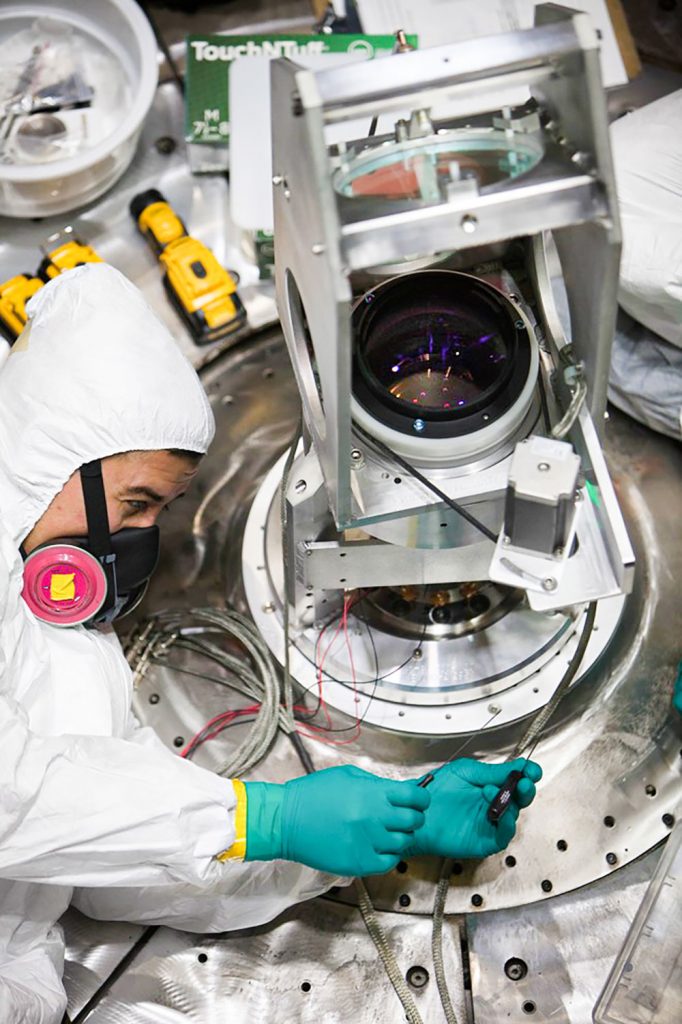
Advanced diagnostics for stockpile stewardship
Sandia continues to develop advanced diagnostics that improve stockpile stewardship measurements in partnership with Los Alamos and Lawrence Livermore national laboratories. The Z Line VISAR, or velocity interferometer system, developed with Lawrence Livermore to make key fusion target measurements, is used today by the three laboratories to support four NNSA programs. Other new diagnostics that improve modeling are ultrafast X-ray imagers for time resolution and greater spectral coverage, new nuclear burn duration measurements to understand fusion fuel confinement time and multiframe radiography that doubles Z data output. (1000, 5000, LANL, LLNL)
Faculty Loan Program for university partnerships
Staff are collaborating with faculty from six universities for joint appointment opportunities through the Labs’ Faculty Loan Program: the University of New Mexico, University of Texas at Austin, New Mexico State University, Purdue University, Auburn University and the University of Arizona. Partnerships across Sandia were critical to establishing the program, which will deepen Sandia’s strategic relationships and increase the diversity of staff working with universities. (1000, 11000)
Plutonium aging investigated at Z
Accurate measurement of plutonium behavior is crucial for assessment of the nation’s nuclear weapons stockpile. In partnership with Los Alamos National Laboratory, Sandia designed, conducted and analyzed plutonium experiments at the Z Pulsed Power Facility comparing new and decades-old plutonium. A multidisciplinary effort resulted in new plutonium capabilities at Z, enabling Sandia and LANL to meet stringent uncertainty requirements. The data is used to validate material models of aging and contribute foundational information for decisions about pit production capacity. (1000, LANL)
Taming mechanical environments
Sandia researchers developed metamaterials that trap, redirect and transform mechanical energy. Two Laboratory Directed Research and Development project teams collaborated to design and build prototype materials for testing at laboratory scale in a rocket launch and at the SPHINX accelerator and Z Pulsed Power Facility. One test article showed reduced transmission of mechanical energy around specific, targeted frequencies, and others survived thermomechanical shocks induced by radiation. Sandia was recently granted two patents related to this work, which now supports multiphysics analyses for the W87-1 modernization program. (1000, LDRD)
Sandia invents new AI algorithm
Sandia’s Beyond Fingerprinting Grand Challenge LDRD team invented a new machine learning algorithm called the physics-informed multimodal autoencoder. It offers a new way to fuse data from multiple sources alongside governing equations to enable more robust scientific predictions. While originally developed to integrate data from multiple experiments and simulations into a single decision platform, the algorithm has potential use in many domains, from climate change to quantum mechanics. The physics-informed multimodal autoencoder was submitted for a patent in May 2022. (1000, LDRD)
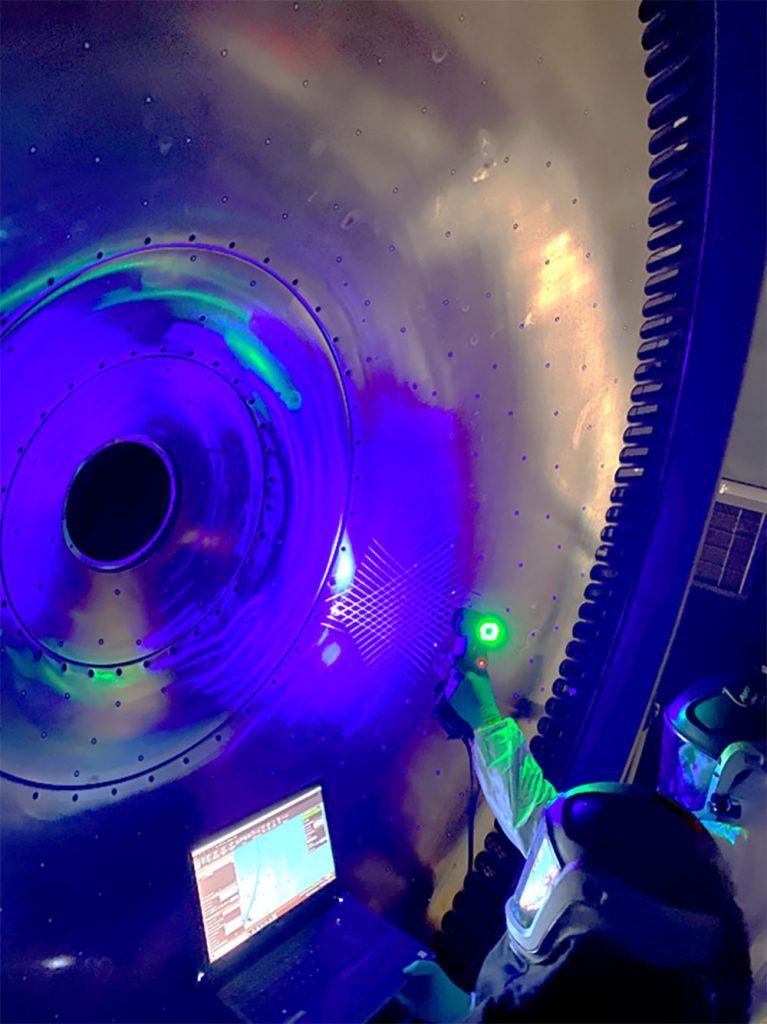
Improvements to Z operations
By adopting a split shift for Z Pulsed Power Facility operations, the time available to prepare and load hardware was extended by six hours a shot with minimal additional staff, compared to the previous operational model. Sandia demonstrated major operational efficiency and quality improvements for Z machine’s most complex experiments. Examples include the execution of two consecutive plutonium experiments in eight days in March, compared to six days per shot in 2020, and two consecutive tritium experiments in four days in May, versus four days per shot in 2020. (600, 1000, 6000)
Bay Area postdoc research SLAM
Sandia launched the Bay Area Research SLAM with Lawrence Livermore, Lawrence Berkeley and Stanford Linear Accelerator national laboratories. In the inaugural event, 12 postdoctoral researchers presented compelling aspects of their research on the virtual stage. Sandia participants agreed that the biggest challenges were the limitations of one static background slide, three minutes strictly enforced and no props to accentuate key points. (1000, 8000)
Reactor-based fissile material experiments
To support nuclear weapon modernization, a Sandia team restarted reactor-based fissile material experiments at the Annular Core Research Reactor. The experiments measure the response of fissile materials to environments with combined neutron, gamma and mechanical shock. Experiments required collaboration with Los Alamos and Lawrence Livermore national laboratories. (600, 1000, 4000, 8000, LANL, LLNL)
Successful hypersonic materials flight tests
Two successful flight tests provided a hypersonic, high-temperature environment to validate designs of shear stress sensors, high-frequency pressure sensors and an ultrasonic recession gage. For one vehicle, Sandia manufactured the thermal protection system and provided a series of instrumented thermal plugs built from new ablation-resistant materials. For both vehicles, the team applied an ablative and insulative coating on the rocket motor fins. The thermal protection system materials protect vehicles from the extreme temperatures encountered during hypersonic flight. (1000, 5000)